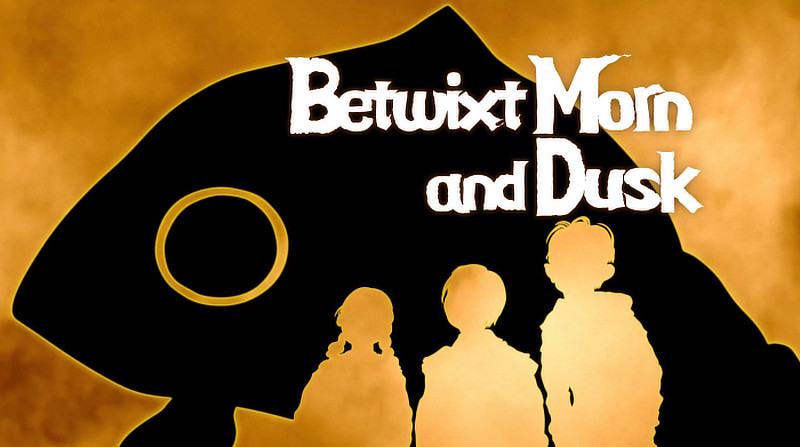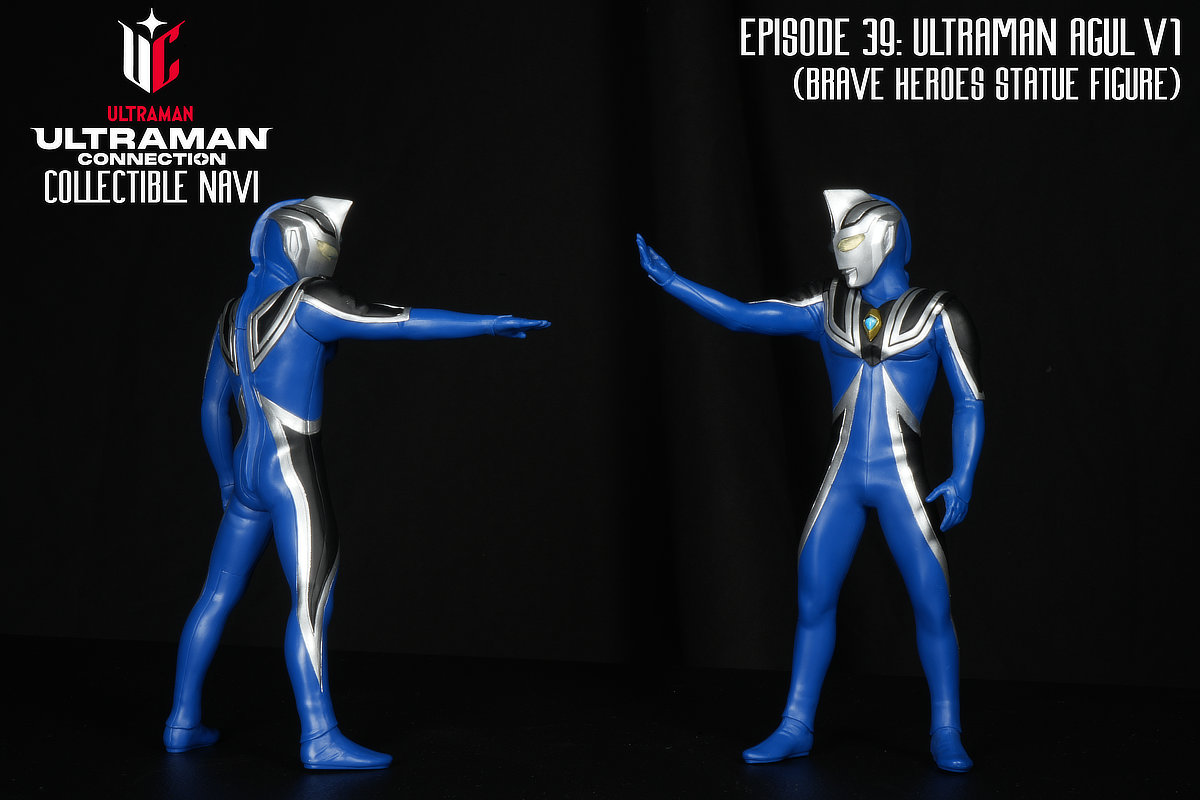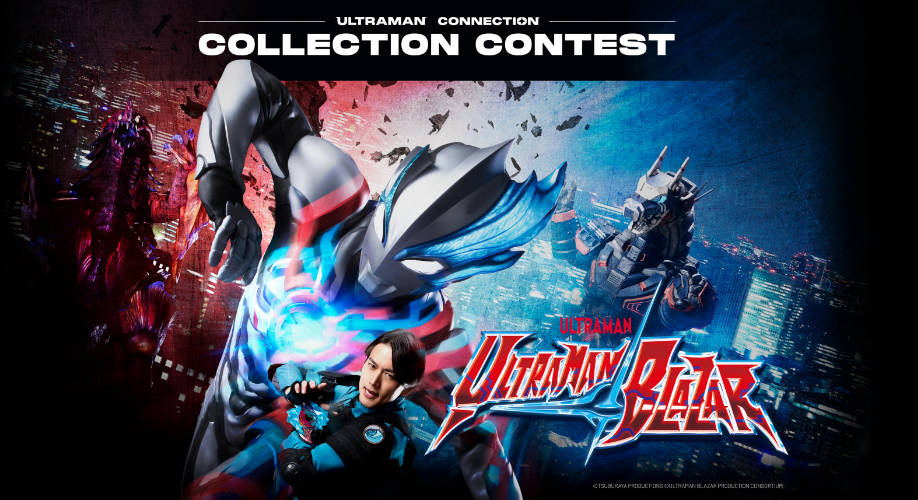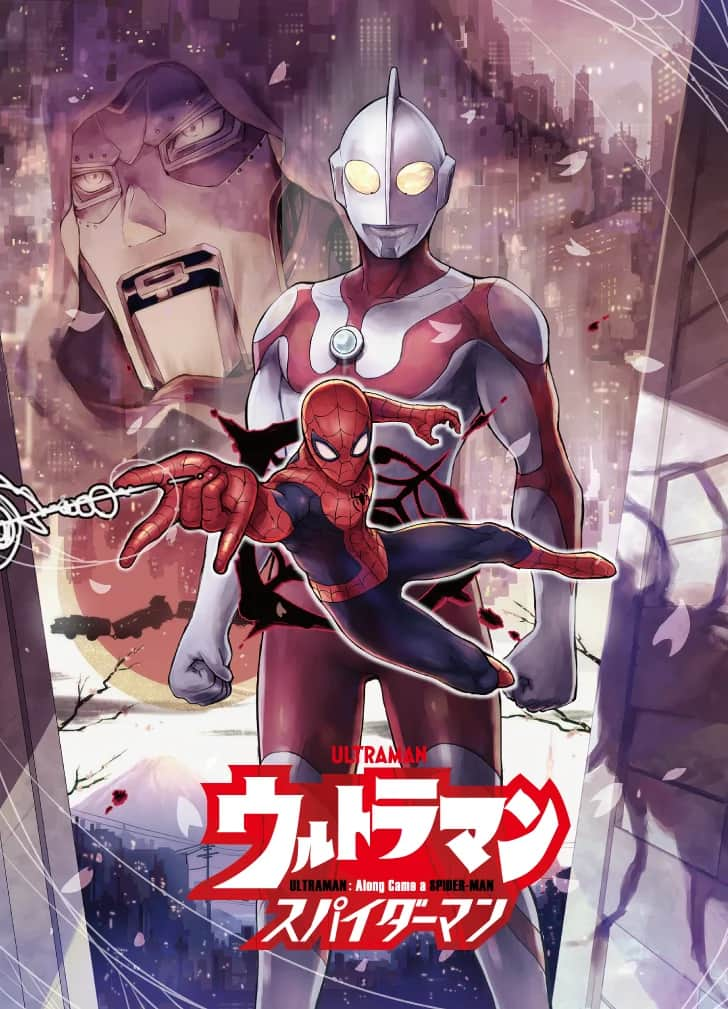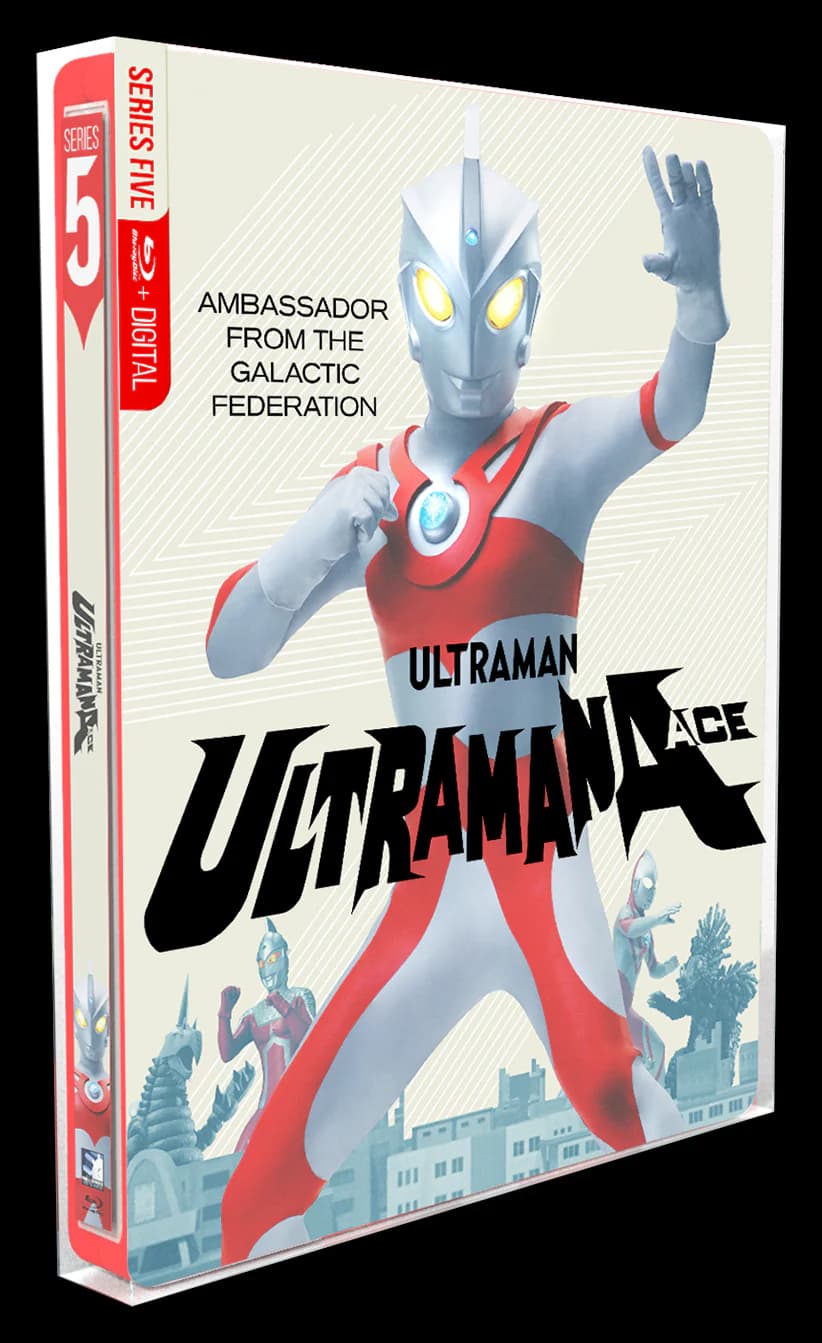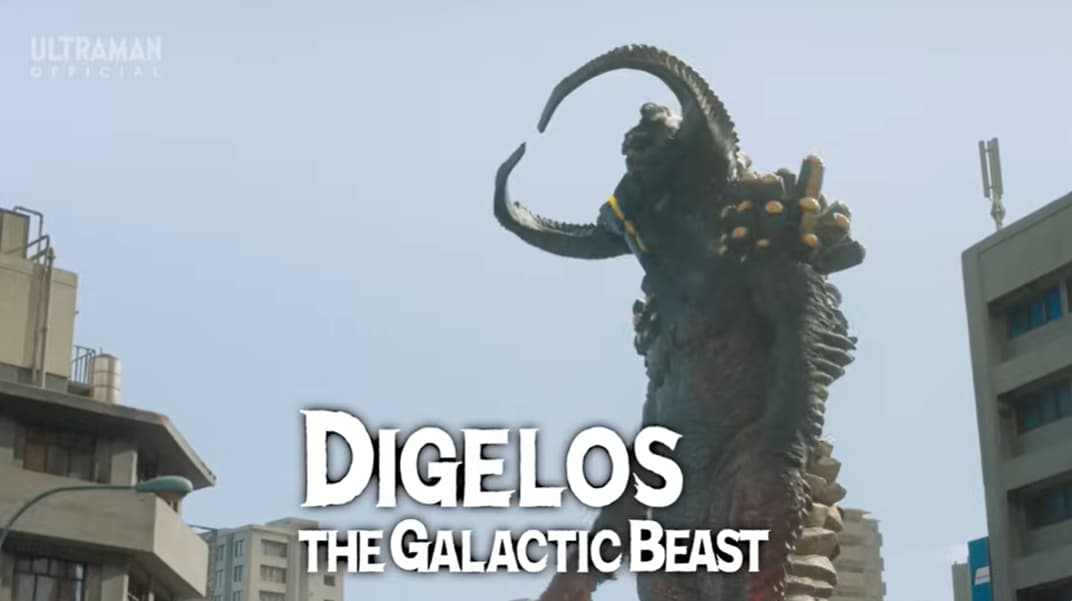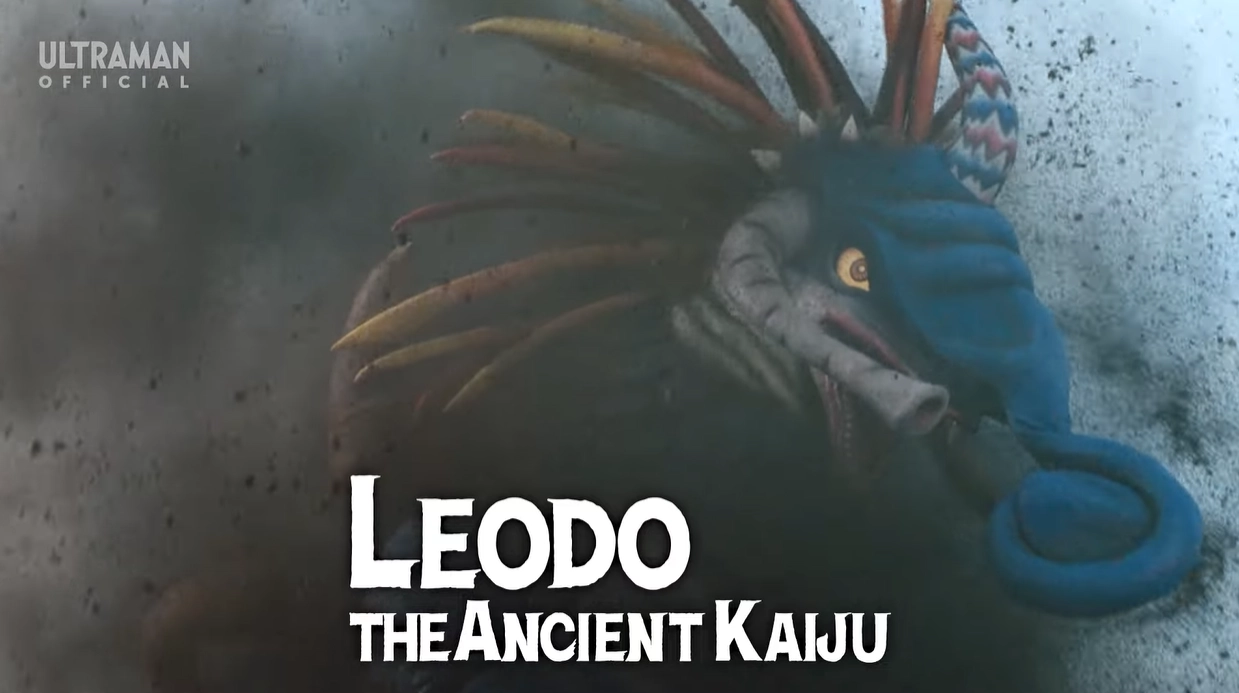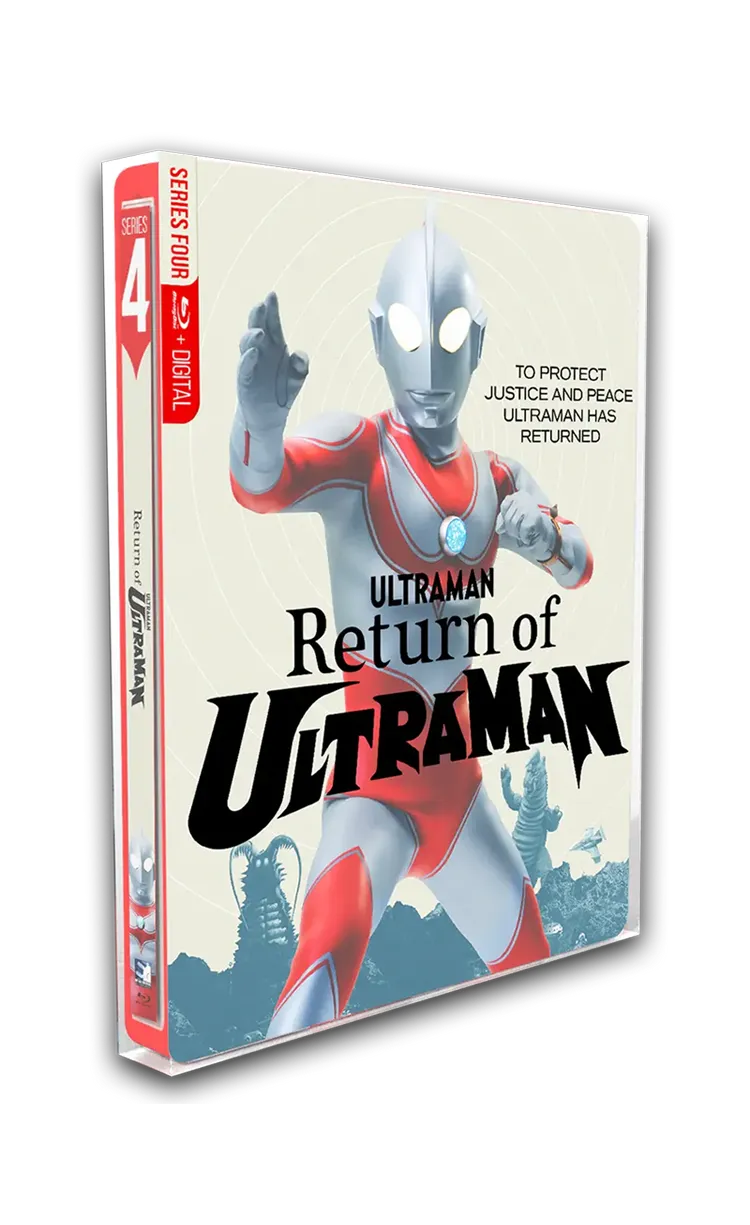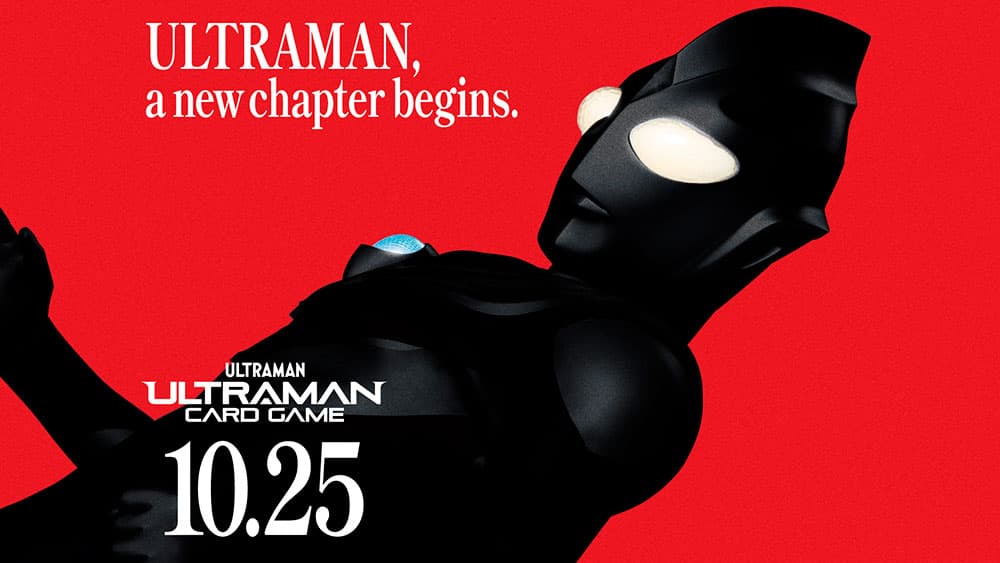Hello and welcome, Ultraman Connection readers! After last week’s emotionally-charged thriller of a plot, one might expect the next episode to be a direct follow-up from it. Previously, SKaRD member Emi Aobe had sworn to uncover the mysteries behind a tragic scandal in the GGF’s past, which led to her father’s disappearance – and also possibly in Captain Gento Hiruma’s first encounter with Ultraman Blazar.
It might seem surprising then that episode 15, “Betwixt Morn and Dusk”, and its impressively poetic title, deal with a much more lighthearted plot that has little to do with the conspiracies affecting the rest of the characters. But it’s always nice to just get a bit of a breather, a chance to laugh off stress for both the characters and the audience watching at home. This episode provides that comedic relief, along with a bittersweet, heartfelt bridge between childhood and adulthood – between the past, the present and the future.
Of course, the most notable thing this week is a return to one of the most famous episodes of the original 1966 Ultraman, coincidentally also numbered as episode 15! “The Terrifying Cosmic Rays” provides a lot of the basis for the plot, as well as the Kaiju Gavadon, for this week, and we’ll detail many of the similarities here. But as usual, the unique ways in which our characters encounter the strange events behind Gavadon’s arrival also provide unique elements to the story. To get started, let’s take a quick look at how the original 1966 episode went down, and then compare it to the “new” version from Ultraman Blazar.

Gavadon gets its start in a very similar way during both episodes. In the original, a grade schooler named Mushiba gets frustrated by his classmates’ teasing over his design for the doughy, dumpling-looking Kaiju. It doesn’t exactly inspire terror or awe, unlike his friends’ pictures of more well-known Kaiju like Red King or Neronga. (Or Beethoven…) Mushiba decides to show them all up by making an even bigger picture of Gavadon, but to no avail. That night, however, the drawing comes alive thanks to mysterious “cosmic rays” striking the image. Gavadon suddenly appears as a giant version – but still just as bouncy, blobby and downright cute, if you ask me.

Even though Gavadon disappears when the sun sets, and the cosmic rays disappear from the atmosphere, the kids sneak out at night and decide to make him into the coolest Kaiju ever. They set about adding horns, teeth and a scary snarling face for the next day. Sure enough, when the sun rises, so does the new version of Gavadon.
Unfortunately, all Gavadon wants to do is sleep all day, and the kids are disappointed that it seems to be such a lazy, boring Kaiju after all. The SSSP (the defense team in this series) aren’t exactly complaining about a Kaiju that has no interest in attacking cities, and decides to only observe it. But you know who else is upset that Gavadon snoozes in the middle of town? The rest of the military, and they open fire on the Kaiju!
The attack rouses it, and it lashes out against the defense force with the kids caught in the crossfire between them! In a desperate attempt to protect the children, Hayata transforms into Ultraman and wrestles Gavadon back. Rather than destroying it, he takes it into space where it is miraculously preserved as a constellation.
At first glance, it seems like the new version of this story in Ultraman Blazar is just a direct rip of the original. It’s true, many of the story beats remain exactly the same, but there’s a few interestings twists that fit better in the overall tone and style of the current show.
The writer for this episode, Takao Nakano, has worked with head director Kiyotaka Taguchi on many other Ultraman series before. Most notably, he was the head writer for Ultraman Orb, which also was a Taguchi-directed show. Many of the individual episodes he’s scripted throughout the “New Generation” Ultraman shows focus on smaller, more personal stories told from a civilian’s or child’s perspective. Likewise, the biggest change for “Betwixt Morn and Dusk” just comes from adding more context onto these points of view.

First of all, the kid who creates Gavadon this time is Jun, Gento’s son! We were first introduced to him in episode 10, “Parent and Child”, but this episode puts him front and center as the main character. He gets some help from the resident “weird kid” in his class, Arata, who seems obsessed with making drawings of Kaiju. (And… Beethoven again!?) Arata encourages Jun to make his own Kaiju, and Jun reluctantly draws Gavadon for him.
Gavadon once again comes to life thanks to a shower of cosmic rays, but the wiggly little tadpole is tiny at first. When the local news crew and other neighbors start to see it as an interesting cryptid – or worse, a pest to be eliminated – the kids decide to give Gavadon a fighting chance. They don’t add horns or scales to it this time, but they do make it bigger.
Much, much bigger.

This general sketch of events is very similar, but a different theme plays out as a result of tying those events more closely to Jun’s perspective. His group of friends feel more grounded, for example. Arata and his sister are moving away shortly, so their escapades with Gavadon feel like one last big adventure, something memorable they want to hold on to after they’re forced to separate. It’s an understandable motivation, even for adults.
We also get more of a focus on the adults’ perspective too. Jun’s parents were both concerned that he didn’t have a chance to “act like a child” and make memories like this, playing with friends his own age. A lot of that seems to motivate Gento’s eager offers to do things with Jun on his day off, like camping or going to an amusement park. I’m sure both of them had more ordinary kid-friendly activities in mind though, like riding bikes down by the river, and not bringing a giant Kaiju to life!
I enjoyed all of these new additions to the story, but that doesn’t mean that I think the original is lacking at all. Rather, I think it’s a reflection on the difference in themes for both shows. The 1966 Ultraman version uses the kids, who are naive of the consequences of playing around with strange things from outside of our world, as a metaphor for the actions of humanity in a broader sense throughout the series. Often, when humanity’s fumbling attempts at exploration or scientific discovery unleash a dangerous threat, Ultraman has to find a way to protect human lives while also protecting the same innocent, childlike curiosity and joy that comes from exploration.

Blazar has a different theme, about communication, understanding others around us and their perspectives even if they’re vastly different from our own. Gavadon might be a Kaiju monster, but the kids’ encounter with it still provides the opportunity for them to form new bonds of friendship. However, Blazar is also a show about dealing with tragedy, and the tragedy of Gavadon here is similar to the original episode as well. The kids see matters only as a game until they realize they’ve accidentally stepped into an adult world of violence and retribution.
The dramatic contrast is clear from the moment you might laugh at the humor from missiles bouncing off of Gavadon, complete with a goofy wobble and sproing, and then react in horror at the realization that the missiles still explode to destroy entire buildings around it. Blazar’s appearance in this fight then takes things over the top into outright comedy. It was hilarious watching him try to wrestle the adorable marshmallow-like Kaiju around, and then resort to using the Spiral Burrade lance as a joystick for the world’s most bizarre UFO crane game!
At the end of the day, the kids just wanted to create something phenomenal, in the clearest sense of the word, to put an indelible mark on the world around them. Gavadon sadly can’t remain as a giant Kaiju and still be with them, and Ultraman is still forced to haul him off into space. They don’t leave empty-handed and broken-hearted though, they still have a mark to represent their friendship, their time spent together, thanks to Gavadon’s new constellation. Funnily enough, the surreal ending of the original makes perfect sense here when you consider that they wanted to make Gavadon big enough that nothing could threaten to destroy it. As a two-dimensional drawing of a constellation in the night sky, it’ll remain there forever now.

Speaking of wrapping things up, it’s about time for us to sign off on the episode. It was a memorable take on a classic story from the franchise’s history, which retained the original’s heart while still updating it to fit perfectly with the themes, style and characters of Ultraman Blazar. Next week, it looks like we’ll be getting into more original Kaiju, and more dire threats against the SKaRD team itself, so stay tuned right here to Ultraman Connection for more!
